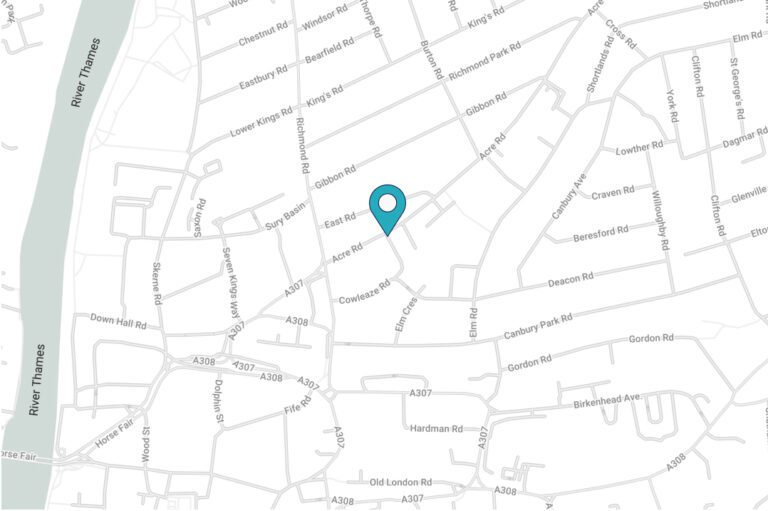Digital now provides the opportunity for every sport to stream its best action live, but the amount of TV-time a sport receives remains the single biggest factor in driving coverage and discussion across other media and online.
 The fact that the FA’s recently re-launched Women’s Super League includes a deal with BT Sport to show live matches and a weekly highlights package will therefore provide a massive boost to the re-launched competition’s chances of success.
The fact that the FA’s recently re-launched Women’s Super League includes a deal with BT Sport to show live matches and a weekly highlights package will therefore provide a massive boost to the re-launched competition’s chances of success.
The league, now into its fourth season, has this year been extended to include a second division of ten teams in WSL 2, to add to the eight in WSL 1.
There is excitement and no shortage of signs that teams are taking it seriously. Manchester City for example, who hosted Chelsea on Sunday at SportCity, have mirrored their big money signings in the Premier League with the pre-season acquisition of four England players. They have also created a non-commercial partnership with the Women’s Sport and Fitness Foundation (WSFF) to raise awareness about the opportunities available to women and girls through sport.
It’s early days, but there is evidence that the increased TV exposure and focus from clubs is already paying dividends. Taking a look at social sentiment surrounding the season so far, it is overwhelmingly positive with a 94% rating across all online discussions, and noticeable spikes around TV airtime. Despite City’s best efforts and spending, it is currently Liverpool who lead the conversation league – spooky.
This uplift in interest is overdue reward for Continental, which has faithfully sponsored the league since its inception, and has now been joined by Vauxhall, Nike and BT Sport as part of the FA’s rejuvenated four-year commercial programme.
So, more broadly, what does this WSL excitement mean for women’s sport?
The lack of media coverage for women’s sport is not a new issue. Figures from the WSFF suggest that just 5% of media coverage in the UK is devoted to women’s sport.
The BBC claims to broadcast around 1,000 hours of women’s sport every year on BBC TV, which equates to almost 20% of its sporting output….Really? Wonder what happens when you extract the Wimbledon fortnight from those figures?
In March, 2008 Olympic Gold Medallist, Nicole Cooke called for the BBC to give the same amount of coverage to women’s sport as it does to men’s:
[quote align=”center” color=”#999999″]
There are some fantastic athletes and some fantastic performances in many sports, but the biggest issue for women’s sport is media coverage,
I think young girls who are active and who play sport will always be asking where they want to get to, and what their ambition is.
[/quote]
[quote align=”right” color=”#999999″]56% of women play no sport at all.[/quote]
Research shows that only 8% of 14 year old girls meet recommended physical activity levels and by adulthood 1.8 million more men than women play sport every week. 56% of women play no sport at all.
Cooke comments further, “there is a very obvious lack of women role models and that is because they are invisible.”
Athletics is a notable exception to this, with Jess Ennis as the poster girl of London 2012, but since her maternity break has the media found anyone to fill the void?
What about City’s star signing, England winger Toni Duggan? (let’s forgive her the Whoopi woops)
The WSL will be watched carefully but the ingredients for success appear to be there. The FA should be applauded for what they have created and will hopefully provide a model for other governing bodies to follow to continue to elevate women’s sport onto more of an equal footing with men’s.
Be Bold.
It’s time to come off the fence:
How can we help you?
Message us







